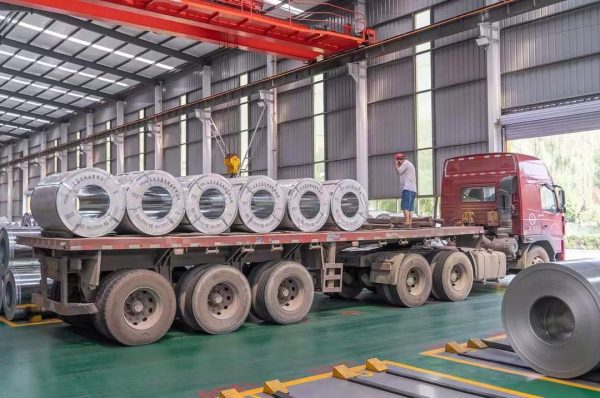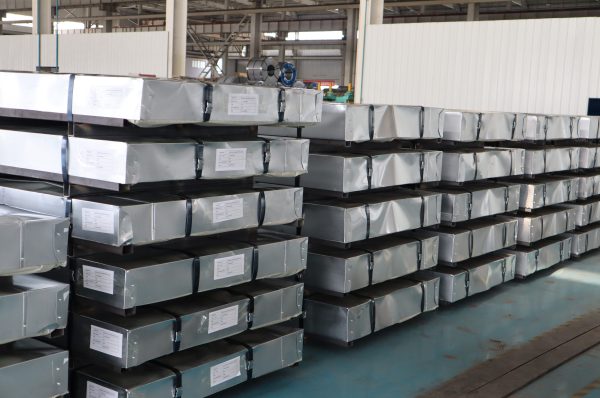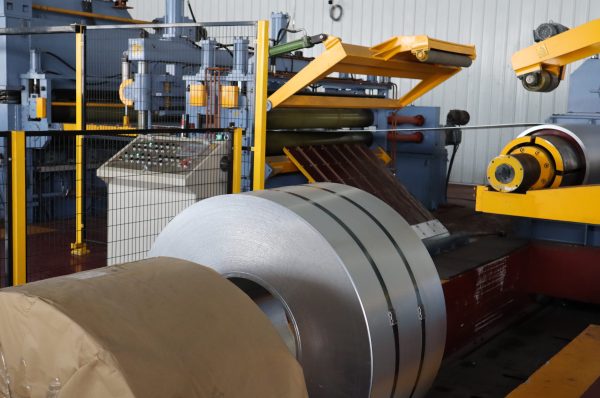Cold-rolled steel is a cornerstone of modern manufacturing, distinguished by its superior finish and precise dimensional tolerances compared to hot-rolled steel. This type of steel is produced by passing hot-rolled steel through rollers at room temperature, which enhances its mechanical properties and surface quality. As a result, cold-rolled steel finds extensive application across various industries due to its strength, durability, and versatility. This article explores the diverse applications of cold-rolled steel and highlights its significance in contemporary industrial processes.
1. Automotive Industry
In the automotive sector, cold-rolled steel is indispensable. It is used extensively in the production of car bodies, chassis components, and structural parts. The material’s high strength and formability allow for the creation of complex shapes and designs required for modern vehicles. Cold-rolled steel’s excellent surface finish also facilitates painting and coating processes, ensuring that cars not only perform well but also present an aesthetically pleasing appearance. Additionally, the material’s ability to withstand high stresses makes it ideal for safety-critical components such as bumpers and crash structures.
2. Appliance Manufacturing
Cold-rolled steel is a preferred material in the appliance industry due to its clean surface and smooth finish, which are crucial for both functionality and aesthetics. It is commonly used in the production of household appliances such as refrigerators, washing machines, and ovens. The steel’s durability and resistance to wear and corrosion ensure that appliances maintain their structural integrity and appearance over time. Furthermore, cold-rolled steel’s excellent machinability and weldability make it suitable for manufacturing complex components with precise dimensions.
3. Construction and Architecture
In construction and architecture, cold-rolled steel is utilized in various applications, including structural framing, roofing, and interior fixtures. The material’s high strength-to-weight ratio makes it an excellent choice for lightweight yet strong structural elements. Cold-rolled steel is also used in the fabrication of architectural panels, partitions, and decorative elements. Its ability to be easily shaped and formed allows architects and builders to explore innovative designs while maintaining structural integrity and performance.
4. Electrical and Electronics
Cold-rolled steel plays a crucial role in the electrical and electronics industries, where it is used to produce components such as electrical enclosures, transformer cores, and motor laminations. The material’s magnetic properties, combined with its precise dimensional control, make it ideal for applications that require efficient magnetic flux and minimal energy loss. Additionally, the smooth surface of cold-rolled steel helps to ensure reliable performance and longevity of electronic components.
5. Industrial Equipment
The manufacturing of industrial equipment also relies heavily on cold-rolled steel. Its properties are suited for producing components such as gears, shafts, and housings, where strength, wear resistance, and dimensional accuracy are essential. The ability to produce parts with tight tolerances and a superior surface finish enhances the overall performance and reliability of industrial machinery. Cold-rolled steel’s versatility allows it to be used in various equipment across industries, from heavy machinery to precision instruments.
6. Furniture and Consumer Goods
In the realm of furniture and consumer goods, cold-rolled steel is employed in the production of items ranging from office furniture to household storage solutions. The material’s sleek appearance and durability make it an attractive choice for modern design aesthetics. Additionally, cold-rolled steel’s ease of fabrication and finishing allows manufacturers to produce high-quality, durable products that meet consumer expectations.
Conclusion
Cold-rolled steel’s applications are as diverse as they are vital to modern manufacturing and industry. Its combination of strength, formability, and surface quality ensures that it meets the demanding requirements of various sectors, from automotive and appliance manufacturing to construction and electronics. As industries continue to evolve and embrace new technologies, cold-rolled steel will remain a key material, driving innovation and maintaining its essential role in the global economy.



